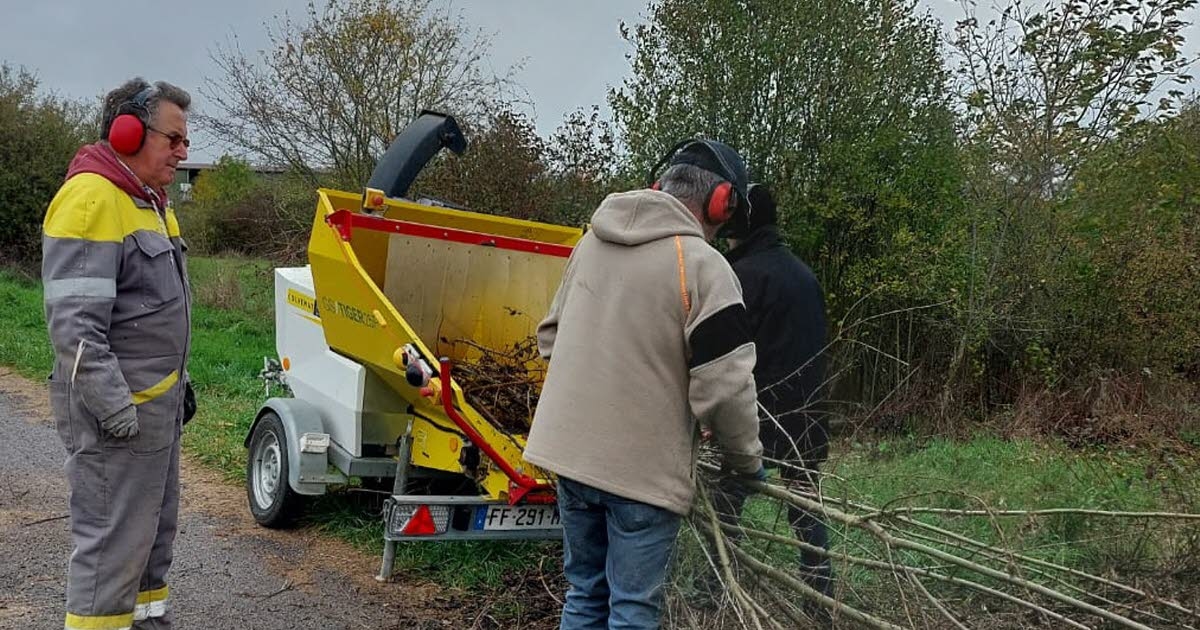"Europe's eyes on Earth": the Sentinel-1D satellite is preparing to take up its station

Hurricane Melissa in the Caribbean , deadly floods and landslides in Mexico, drought in Greece, further flooding in Vietnam and the Philippines… Natural disasters are occurring one after another (those mentioned above have been observed only since the beginning of October), and to best understand their impact on the population, we first need to be able to assess the damage. This is one of the most common uses of Earth observation satellites today. And it is precisely the specialty of Sentinel-1D, a European satellite that will launch this Monday, November 3, from the Kourou Space Center in French Guiana, aboard an Ariane 6 rocket .
The Sentinel satellites “are Europe’s eyes on Earth,” summarized Mauro Facchini, head of the Earth Observation Unit at the European Commission, during a press conference before the launch. Eleven are currently operational, and the team is expected to grow in the coming months and years. Together forming the European Copernicus program, they operate in teams, and more specifically in pairs, each with a particular area of expertise.
The Sentinel-2 duo, for example, provides high-resolution, color images of the Earth. The Sentinel-3s are Swiss Army knives for ocean monitoring, continuously measuring sea and lake levels, temperature, wave height, wind speed, ice thickness, and more. As for the Sentinel-1s, they are equipped with radar to see the surface of continents day and night, even through cloud cover.
Radar observation is essential and invaluable, explains Simonetta Cheli, Director of Earth Observation Programs at the European Space Agency, particularly for monitoring "deforestation in tropical areas where there are often clouds," but also for measuring ground movements with millimeter precision after an earthquake, or in at-risk areas. By comparing two satellite images taken before and after an earthquake, we can see very precisely how the ground has deformed. In Haiti in 2022, for example, it was observed that the ground had shifted up to 20 centimeters near the epicenter. Another area of application is monitoring oil spills: measuring the extent of the damage, tracking the evolution of the surface area and position of the oil slick over time…
But “the most important aspect, in terms of the volume of data produced by Sentinel-1 and subsequently used, is the tracking of icebergs and everything related to ice,” emphasizes Simonetta Cheli. Accurately mapping icebergs in the Arctic and Antarctic regions is crucial in the context of climate change, “but also for maritime transport and its economic value.”
Sentinel-1 is therefore very effective at detecting and measuring all changes in the terrain, and its data is useful for both scientific and commercial activities. The data recorded by the Sentinel satellites – approximately 25 terabytes per day – is made freely available to everyone, free of charge, with a simple registration on the Copernicus program platform. “It’s public money made available to the public,” summarizes Mauro Facchini. “ Copernicus data is free, but it’s an advantage for companies that can then generate revenue” by integrating this data “into value-added products that are then sold.”
Sentinel observations serve as a source for air and water quality monitoring services, maritime traffic management, crisis mapping for civil protection, and more. In total, the Copernicus program budget is approximately €5 billion per seven-year period (2014-2021 for the first period, then 2021-2027). The European Commission commissioned a market observation study, which estimated that the societal, economic, and environmental benefits [of Copernicus] will be 3.7 times greater than the costs incurred.
Up there, at an altitude of 693 kilometers, Sentinel-1D will rejoin its twin, Sentinel-1C, which was recently launched into orbit at the end of 2024 , and begin working together. Once it is fully operational, the aging Sentinel-1A, the very first Copernicus satellite that has been observing us since 2014, can be decommissioned—that is, retired. Sentinel-1A is starting to show its age; it was time for a replacement to arrive so that there would always be a fully operational pair.
At any given moment, the satellites are positioned on opposite sides of the Earth, 180° apart. Thanks to this synchronized operation, where each satellite passes in the wake of the other to retake the same images a few days later, the Sentinel-1 duo can "revisit" each region of the Earth every six days. This allows for incredibly close monitoring of our planet.
The new satellite takes the opportunity to incorporate several new features compared to its predecessor: more recent instruments for sharper images, a Galileo receiver "to improve the satellite's in-flight positioning," and an antenna to automatically receive the reported positions of ships at sea. "Since the satellite's radars also monitor ship movements, we can compare and see any discrepancies between the actual positioning and the information sent by the ships, and detect piracy," explains Facchini. Nothing escapes notice in space.
Libération





